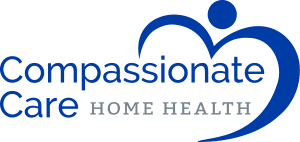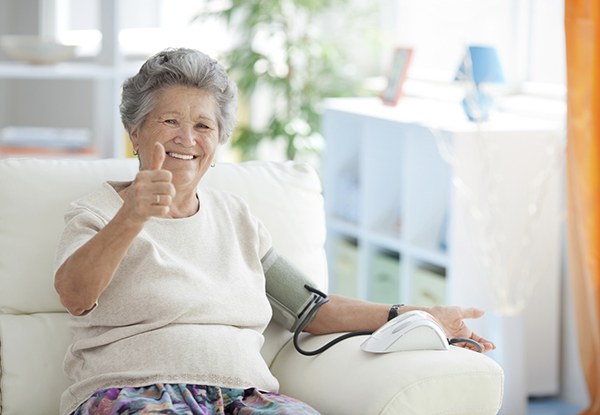If you were diagnosed with diabetes, high blood pressure, or heart disease, most likely your health care provider has recommended that you take ongoing, regularly scheduled blood pressure readings with a home blood pressure monitor. But how do we know the readings you take are dependable? And moreover, what do those two numbers even mean?
For a straightforward definition, Harvard Health explains that the top number (systolic pressure) measures artery pressure at the moment the heart beats (every time your heart contracts), while the bottom number (diastolic pressure) designates the pressure between heartbeats (when your heart is resting). The American College of Cardiology and American Heart Association’s specifications for both normal and high blood pressure are:
Normal: Lower than 120/80 mm Hg
Elevated: Systolic between 120-129 and diastolic lower than 80
Stage 1: Systolic between 130-139 or diastolic between 80-89
Stage 2: Systolic at least 140 or diastolic at least 90 mm Hg
Hypertensive crisis: Systolic greater than 180 and/or diastolic greater than 120, with changes in medication made promptly if there are no other indications of problems, or immediate hospitalization if there are any signs of damage to organs.
To be sure blood pressure readings are as accurate as possible, Compassionate Care Home Health Services, which provides dedicated Michigan home care services, suggests the following seven tips:
- Make a point to take readings at the same time each day.
- Take a couple of readings one minute apart and record all results for better accuracy.
- Prior to the reading, make sure the person is sitting with her back straight and supported and feet flat on the floor; crossed legs can negatively influence the reading. Position the person’s arm on a flat surface, with the upper arm at the same level as her heart.
- Make sure the middle of the cuff is placed directly over the person’s brachial artery and fits properly. To find the brachial artery, with the person’s arm stretched out with her palm facing up, trace a line from outside of the thumb, up the outer arm to the bend in her elbow. At that bend is the brachial artery.
- The person whose blood pressure you are reading should not smoke, drink caffeinated beverages or exercise within 30 minutes prior to measuring blood pressure.
- The person should also remain silent and still all through the reading.
- Have the person use the restroom prior to the reading, because a full bladder can increase the systolic pressure.
Consumer Reports has a beneficial blood pressure monitor buying guide that shares what you should look for in a good home blood pressure monitor.
If you or a loved one is challenged by maintaining healthy blood pressure, Compassionate Care Home Health Services, the leaders in elder care in Midland and the surrounding areas, can help – from planning and preparing nutritious meals, to picking up prescriptions and ensuring medications are taken exactly as prescribed, to helping a person stay active, and much more. We provide professional home care services in Central, Northeast, Northwest, and Mid-Michigan, and are always here to help your loved one maintain a healthy life. To learn more, or to set up a free comprehensive consultation, reach out to us today at 877.308.1212.

